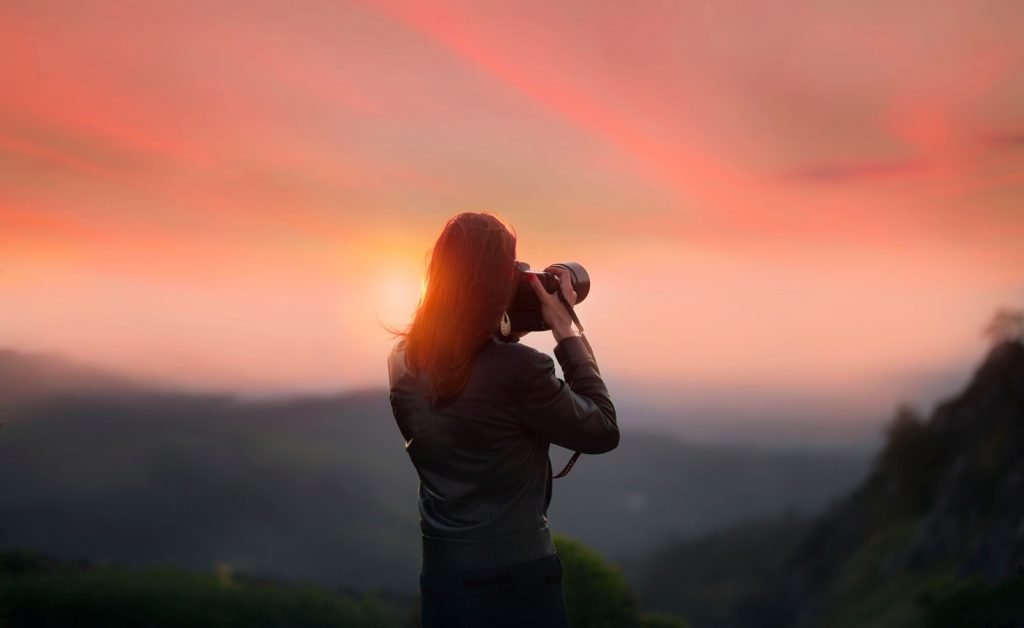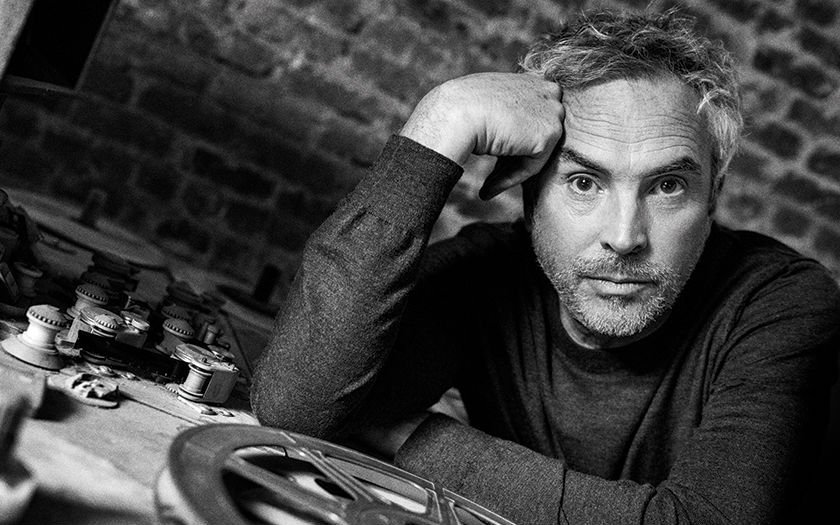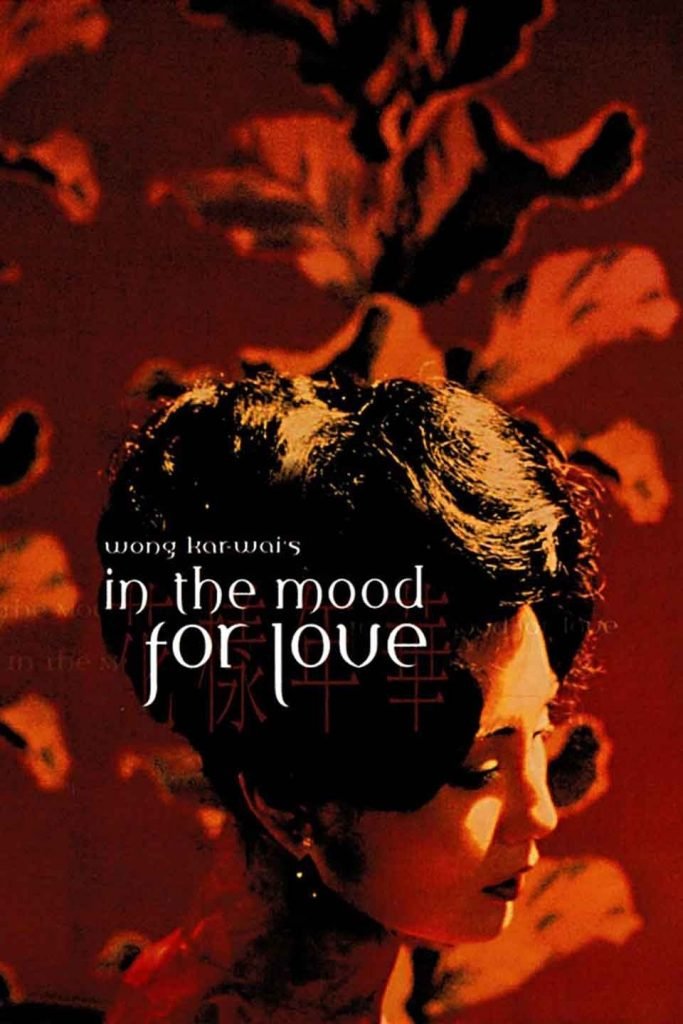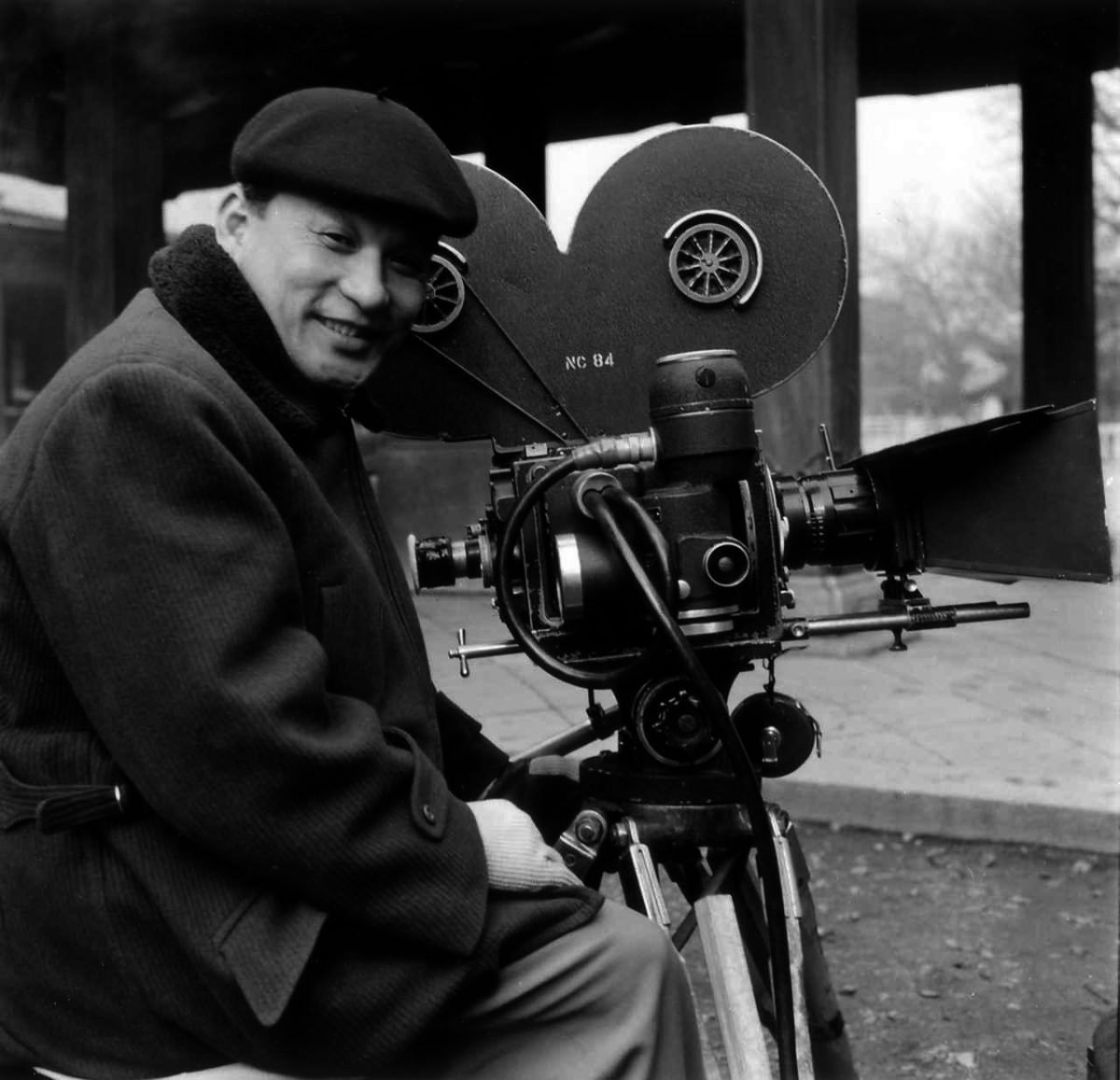
In this era of technological boom, where photographers are evolving from the nook and corner of the world, it is not easy to survive with just skills but you should also need professional knowledge. We have seen many photographers becoming famous or more like viral via Instagram or any other social media in Kerala. If you want to catch up with the competition, it is time for you to search for the photography institutes in Kerala. But why do you need a photography course certification? What are the benefits of learning photography courses in Kochi, Kerala?
- Access to the latest technology and equipment -Creativity and skill that resides in you can make you exceptional or unique but it is also important to capture it with the right equipment. To be aware of the latest technology and equipment, it is always preferred to learn it.
- Professional assistance- Professional assistance and feedback help you to improvise and polish your skills and be a better photographer. In the era of skill and creativity, with professionals guiding the future generation is both beneficial for the students and the industry.
- Inform you about the wide prospects of Photography– Photography courses in Kerala are structured in such a way as to inform the students about the wide prospects of the photography and to provide with them such exposure that they are aware of the different kinds of photography and excel in it under the guidance of professional photographers.
- Better techniques– Photography courses help you in learning photography related techniques like lighting, editing, etc. which would help you to bring out the best in you. It would help you capture the best pictures and present them in the best form. These techniques would make your pictures better and beautiful.
- Helps you in choosing the right path – In this profession which has wide prospects like wildlife photography, journalism, fashion photography, wedding photography, etc., a professional course can help you choose the right path within the profession. With exposure to the wide prospects of photography, one can easily figure out his path. You can save the years that you have to spend on experience.
- Accelerate your creativity and skills- Your creativity and skill make you unique. With a professional course, you can accelerate your creativity and skill so that the photographs that you capture can fulfill the industrial standards and compete with them. Every photographer has a unique style and to make your style a trendsetter, one’s style must be the perfect blend of creativity, skill, knowledge and professional experience.
- Job offers- Professional photography courses can help you in getting excellent job offers from reputed firms. A course certificate will help you in establishing your commitment and dedication towards the profession and no firm would reject a trained photographer.
Photography is a profession which requires a creative intelligence and an industry where you can experiment and innovate. A good photograph is a memoir. Photography courses in Kochi, Kerala prepare you for the happiness of capturing something that beautifully brings you the memories of the past which is the biggest salary for a photographer. Do not spend time thinking. Join the best institute nearby as soon as possible.






















